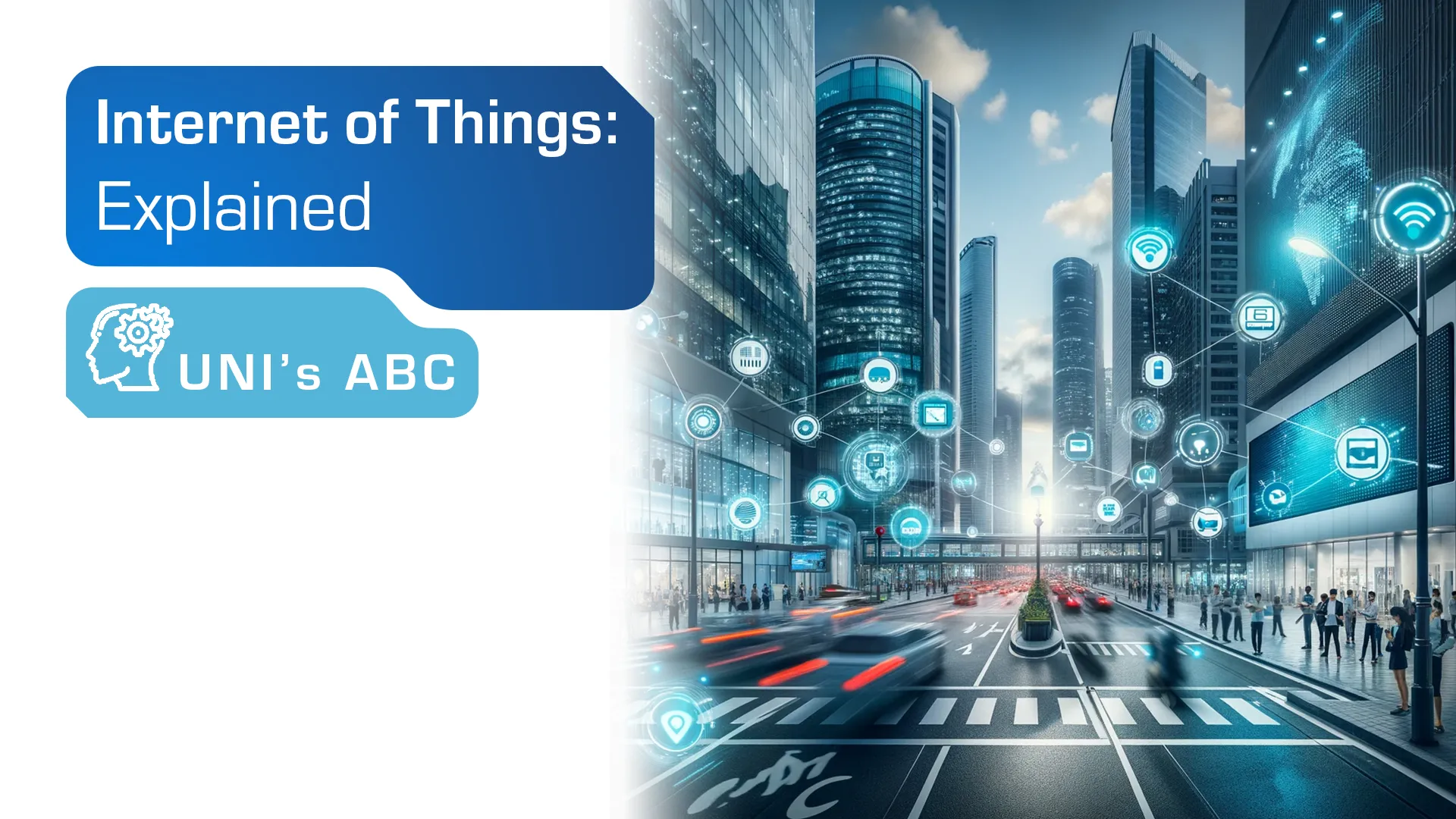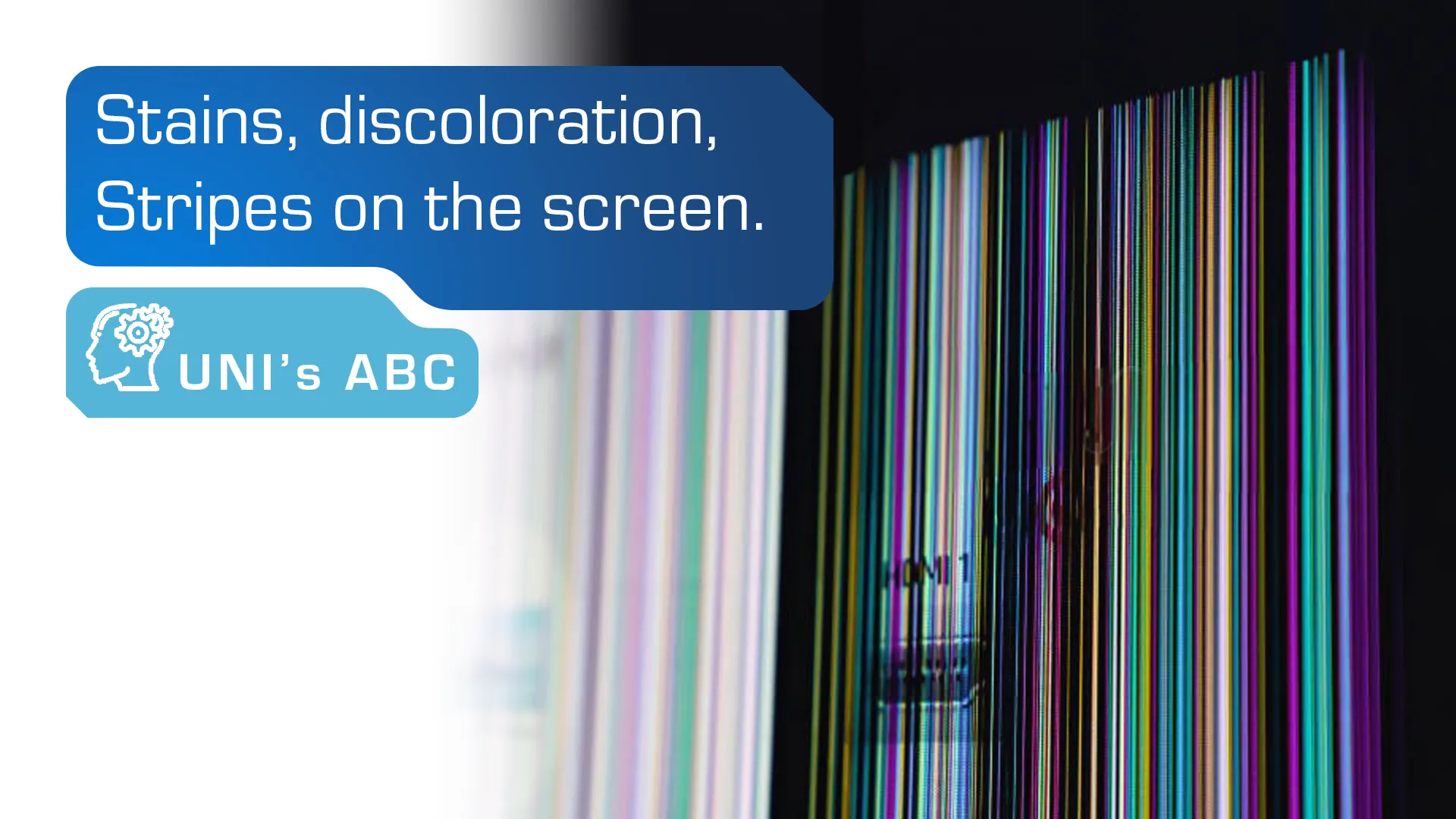
The research indicates that the most important criteria for people choosing public transportation are, in addition to the quality of the service provided and the comfort of the trip, the timeliness and transparency of information about it. LCD displays capable of long-term, continuous operation and displaying dynamic content are needed to ensure passenger satisfaction. Modern transportation systems can meet these expectations.
Table of Contents
Special shape and parameters
To make the most of even the most unusual sized surfaces, display manufacturers have developed TFT glass-cutting technology that allows for shapes ranging from square to oblong rectangles with non-standard proportions.
LCD modules used in transportation systems are designed to meet the requirements of a diverse range of challenging environments. For Litemax products, the mean time between failures (MTBF) is approx. 100,000 hours, which makes them great for applications requiring 24/7 operation, and thanks to their optimized backlight layout, they feature lower electromagnetic disturbance levels and lower power consumption.
Key for LCD monitors used outdoors is the readability of information even in bright sunlight. High brightness (1,000 to 2,500 candelas), wide viewing angles and high contrast are a must. Selected display models for transportation-related applications are shown in the table below.

Selected stretch displays (BAR TFT)
| Diagonal | Manufacturer | PN | Resolution | Active area [mm] | Brightness | Contrast | OT [st .C] |
|---|---|---|---|---|---|---|---|
| 37.6 | Litemax | SSF3805-I | 1920×540 | 919.296×258.5 | 1000 | 8000*1 | 0+50 |
| 47.8 | Litemax | SSF47888-B | 1920×178 | 1209,6×275,5 | 1600 | 1700*1 | 0+50 |
| 29 | Innolux | S290AJ1 | 1920×540 | 698.4×196.425 | 1000 | 4500*1 | 0+50 |
| 29 | AUO | P290IAN01.0 | 1920×540 | 698.4×196.42 | 700 | 1500*1 | 0+50 |
| 37 | AUO | P370IVN02.0 | 1920×540 | 904.32×254.34 | 700 | 4000*1 | 0+50 |
| 42 | AUO | P42OIVN02.0 | 1920×480 | 1039.68×259.92 | 1500 | 4000*1 | 0+50 |
| 48.5 | AUO | P485IVN01.0 | 1920×360 | 1209.6×226.8 | 700 | 4000*1 | 0+50 |
| 48 | BOE | DV480FBM-N01 | 3840×720 | 1194.04×223.88 | 1000 | 1000*1 | 0+50 |

Selected displays for outdoor applications
| Diagonal | Manufacturer | PN | Resolution | Active area [mm] | Brightness | Contrast | OT [st .C] | Hi-Tni |
|---|---|---|---|---|---|---|---|---|
| 32 | Litemax | DLH3200-G | 1920×1080 | 698.4×392.85 | 2500 | 1100*1 | 0+50 | YES |
| 43 | Litemax | DLH4300-L | 1920×1080 | 941.1×529.4 | 2500 | 1500*1 | 0+50 | YES |
| 55 | Litemax | DLH-5500-L | 1920×1080 | 1209.6×680.4 | 2500 | 1000*1 | 0+50 | YES |
| 32 | AUO | P320HVN04.1 | 1920×1080 | 698.4×392.85 | 1500 | 4000*1 | 0+50 | YES |
| 43 | AUO | P430HVN05.0 | 1920×1080 | 940.89×529.25 | 1500 | 4000*1 | 0+50 | YES |
| 46 | AUO | P460HVN04.3 | 1920×1080 | 1018.08×572.67 | 1500 | 4000*1 | 0+50 | YES |
| 55 | AUO | P550HVN06.4 | 1920×1080 | 1209.6×680.4 | 2500 | 4000*1 | 0+50 | YES |
| 65 | AUO | P650HVN05.1 | 1920×1080 | 1428.48×803.52 | 2500 | 4000*1 | 0+50 | YES |
| 85 | AUO | P850QVN01.1 | 3840×2160 | 1872×1053 | 2500 | 5000*1 | 0+50 | YES |
High resistance
The operating temperature range for this type of product is on average 0 – 50°C, but the resistance of TFT glass can be as high as -40 to 110°C (Hi-Tni), which makes it possible to use it in areas with high sunlight without the risk of black spots on the matrix.
Manufacturers also provide resistance to other harsh environmental conditions. In monitor solutions, a standard seal between the glass protecting the display and the housing allows for IP65-level resistance (dust and water jets). There are also products with increased resistance – up to IP68, i.e. completely resistant to dust and designed to be underwater (for a certain period of time, depending on the model, about 30-60 minutes).
Monitors in outdoor applications are protected from vandalism attacks by glass with resistance ratings from IK7 to as high as IK10 (protection against mechanical impacts from 2 to as high as 20J).
For even better readability
To further enhance the perception of the displayed information, technologies to improve color reproduction and area-based brightness control (local dimming) can be used. This is the function responsible for local dimming of the image, which maximizes the contrast between dark and light areas of the screen significantly improving the depth of blacks.
In addition, manufacturers offer the service of optical bonding (gluing) . This technology allows the display to be combined with special coatings, such as. AG (anti-glare), AR (anti-reflex) or polarizing filters. Due to the high popularity of polarized eyewear, manufacturers of displays for outdoor applications are increasingly opting for a special polarizer design, so that the content displayed will also be readable by people using this type of eyewear.
E-paper as an alternative to LCD
For applications that display static information, an interesting alternative may be the use of displays e-paper . Their indisputable advantages are exceptional readability in full sunlight, almost full viewing angles and very low power consumption. Comparing LCD and e-paper display of similar size (LCD: 32“ Hyundai IBT, H325SSI – outdoor; EPD: 31.2“ E Ink, ED312TT2) assuming an operating time of 16h/day, it can be seen that LCD consumes more than 111 times more energy than EPD (assuming image update every 1h and its duration – 1s) – results in the table.
| Power consumption | Total energy consumption for 1 day cycle | Total consumption for a cycle of 1 year | |
|---|---|---|---|
| LCD | 145W | 2.3 kWh | 846.8 kWh |
| EPD | 23.7W (for updates)1.3W (image maintenance) | 0.02 kWh | 7.6 kWh |
A problematic issue with EPD displays can be their thinness and vulnerability, making them difficult to install in end devices. The solution to this problem turned out to be created by Unisystem open frame modules . They not only provide mechanical safety and protection against e-paper degradation (thanks to the laminated UV filter), but also, thanks to the front glass, a modern and elegant appearance. Open frame also includes dedicated controllers that allow communication via one of four interfaces (SPI, USB, Wi-Fi, GSM).
Contact us for more information.
2019-03-05
Recent Knowledge

Internet of things, what it is and examples of industrial applications
The Internet of Things (IoT) is one of the most promising and rapidly developing technologies of recent years. Its application in business brings great opportunities to optimize processes, reduce costs […]

Stains, discoloration, stripes on the screen – how to identify and repair defects in industrial displays?
The dark spot on the iPhone screen, the black spot on the TV, the colored spots on the phone screen, the yellow spot on the display … Problems with screens […]

Basic electronic components in industry – a guide for beginners
Electronics has played an extremely important role in all branches of modern industry for many years. It allows automation of production processes, precise control of machines and equipment, collection and […]

Optoelectronics – basic information and example applications
Optoelectronics is the branch of electronics that deals with the conversion of electricity into light and light into electricity using semiconductor materials called semiconductors. Semiconductors are crystalline solid materials with […]



